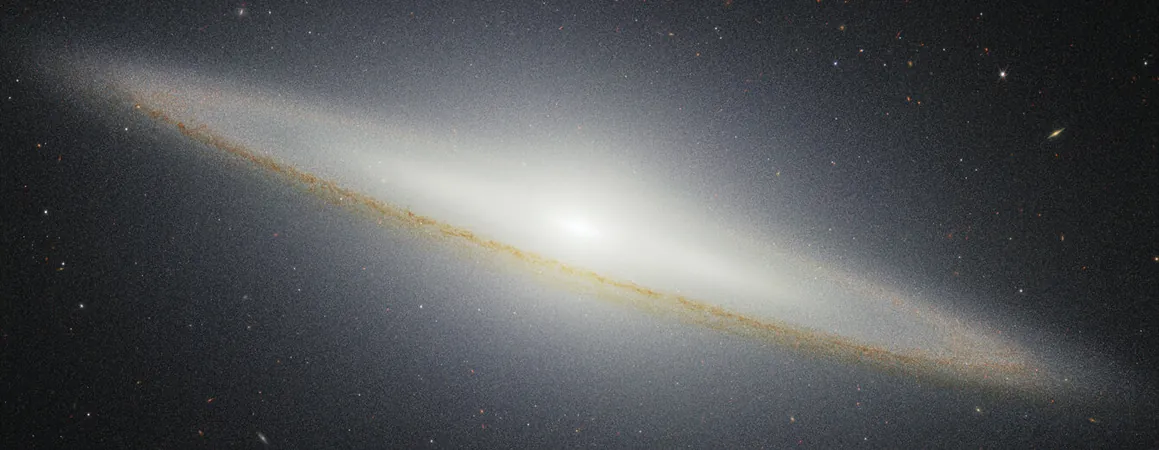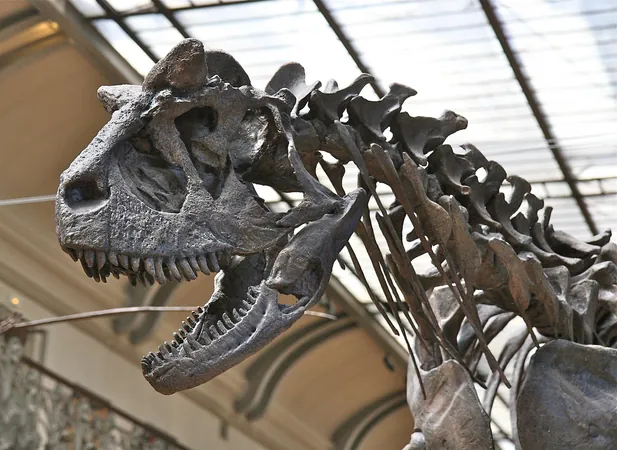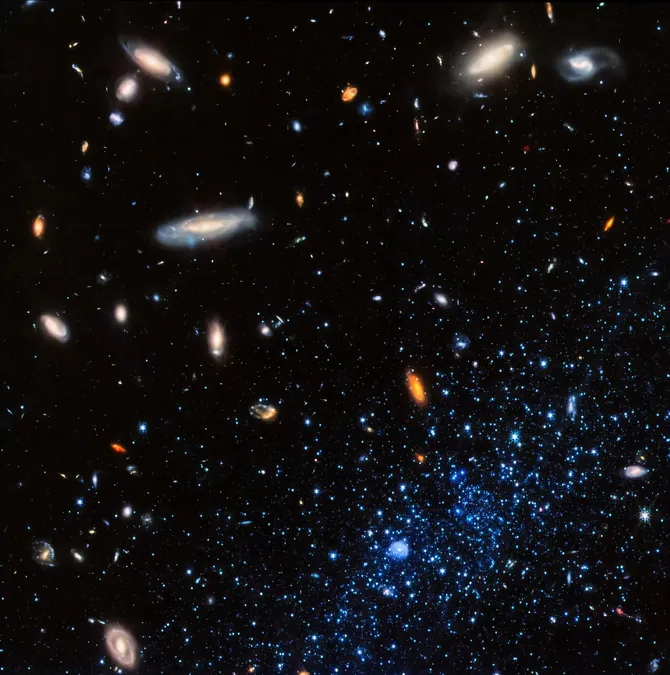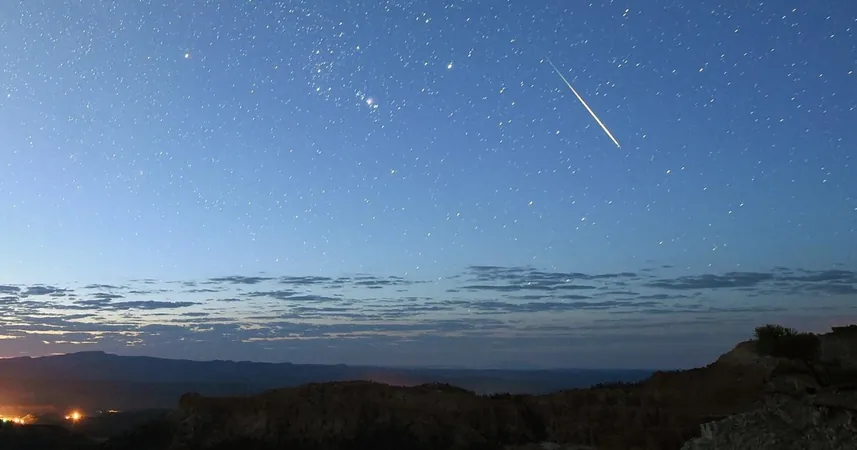
Unveiling the Secrets of the Sombrero Galaxy: Webb’s Stunning New Insights
2025-06-03
Author: William
A Stellar Transformation: The Sombrero Galaxy Revealed
The Sombrero Galaxy, known scientifically as Messier 104, has etched itself into the annals of astronomy since its discovery by French astronomer Pierre Méchain in 1781. This iconic galaxy, easily observable with just a backyard telescope, has fascinated sky gazers for nearly 250 years.
In a groundbreaking update, NASA's James Webb Space Telescope has taken its observations a step further. After capturing the iconic galaxy in mid-infrared wavelengths in late 2024, Webb's latest close-up in the near-infrared spectrum highlights the immense bulge at its core, drenched in light, while the galaxy’s dust-cloaked edges dance with shadows.
Decoding the Dance of Stars, Dust, and Gas
By examining the Sombrero Galaxy through various wavelengths—near-infrared, mid-infrared, and visible—the collaboration between Webb and Hubble provides astronomers with a comprehensive view of this complex cosmic system. These observations help unravel the galaxy's dynamic formation and evolution, unveiling the intricate play between its stars, dust, and gas.
Unlike Hubble's visible light images, Webb's near-infrared captures allow stellar light to penetrate the dust more effectively, revealing an intriguing landscape where dust glows conspicuously in mid-infrared.
A History of Turmoil Behind the Calm Exterior
Located approximately 30 million light-years away at the edge of the Virgo galaxy cluster, the Sombrero Galaxy boasts a staggering mass equivalent to 800 billion suns. Despite its serene appearance from our perspective, this galaxy holds a turbulent secret: evidence suggests that it was once embroiled in a fierce merger with at least one other galaxy.
Home to about 2,000 globular clusters—massive collections of ancient stars—studies reveal that these stellar clusters display a surprising range of chemical compositions, contrasting with the expectation that stars formed from the same material should share similar characteristics. This disparity hints at the galaxy's complex origins.
Twisted Structures and Colorful Companions
The warped inner disk of the Sombrero Galaxy further supports theories of its tumultuous past. While we perceive it as "edge-on," our view is slightly angled, causing the inner disk to appear tilted like a funnel rather than flat. Webb's advanced NIRCam resolution allows astronomers to discern individual stars, including cooler yet brightly glowing red giants scattered across the cosmic scene.
Alongside these stellar giants, a kaleidoscope of galaxies, each with its unique colors and shapes, paint the backdrop of space. These hues are more than just pretty—they provide critical clues about the characteristics and distances of these distant cosmic neighbors.
An Ongoing Cosmic Story
The revelations from Webb not only deepen our understanding of the Sombrero Galaxy but also underscore the ongoing quest to piece together the stories of galaxies across the universe. With each new observation, we stand on the brink of uncovering the mysteries that have long captivated astronomers.









 Brasil (PT)
Brasil (PT)
 Canada (EN)
Canada (EN)
 Chile (ES)
Chile (ES)
 Česko (CS)
Česko (CS)
 대한민국 (KO)
대한민국 (KO)
 España (ES)
España (ES)
 France (FR)
France (FR)
 Hong Kong (EN)
Hong Kong (EN)
 Italia (IT)
Italia (IT)
 日本 (JA)
日本 (JA)
 Magyarország (HU)
Magyarország (HU)
 Norge (NO)
Norge (NO)
 Polska (PL)
Polska (PL)
 Schweiz (DE)
Schweiz (DE)
 Singapore (EN)
Singapore (EN)
 Sverige (SV)
Sverige (SV)
 Suomi (FI)
Suomi (FI)
 Türkiye (TR)
Türkiye (TR)
 الإمارات العربية المتحدة (AR)
الإمارات العربية المتحدة (AR)